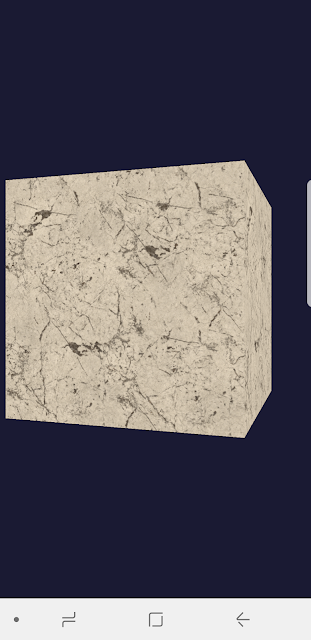Depth test phase between OpenGL ES2.0 and DirectX
OpenGL ES 2.0 and DirectX all define the depth test step after pixel shader stage, it will cause time consumption and memory usage, so that increase the power usage. Therefore, many mobile GPU vendors likes PowerVR, Nvidia attempt to adjust the graphics pipeline of these APIs. PowerVR provides Hidden-Surface-Removal(HSR) in tile-based-render and Nvidia's ultra low power(ULP) GeForce support the early depth test.

ULP GeForce's graphics pipeline

OpenGL ES2.0 pipeline

Immediate Mode Render pipeline

Tile-Based Render pipeline
Reference:
http://www.anandtech.com/show/4686/samsung-galaxy-s-2-international-review-the-best-redefined/15
http://www.anandtech.com/show/735/3
http://www.cg.tuwien.ac.at/courses/Seminar_Wissenschaftliches_Arbeiten/Misc/CGMobileDevices.pdf
http://developer.apple.com/library/ios/#DOCUMENTATION/3DDrawing/Conceptual/OpenGLES_ProgrammingGuide/OpenGLESPlatforms/OpenGLESPlatforms.html
DirectX 9.0 graphics pipeline
http://user.xmission.com/~legalize/book/preview/poster/pipeline-9.0.png
ULP GeForce's graphics pipeline
OpenGL ES2.0 pipeline
Immediate Mode Render pipeline
Tile-Based Render pipeline
Reference:
http://www.anandtech.com/show/4686/samsung-galaxy-s-2-international-review-the-best-redefined/15
http://www.anandtech.com/show/735/3
http://www.cg.tuwien.ac.at/courses/Seminar_Wissenschaftliches_Arbeiten/Misc/CGMobileDevices.pdf
http://developer.apple.com/library/ios/#DOCUMENTATION/3DDrawing/Conceptual/OpenGLES_ProgrammingGuide/OpenGLESPlatforms/OpenGLESPlatforms.html
DirectX 9.0 graphics pipeline
http://user.xmission.com/~legalize/book/preview/poster/pipeline-9.0.png



Comments
Post a Comment